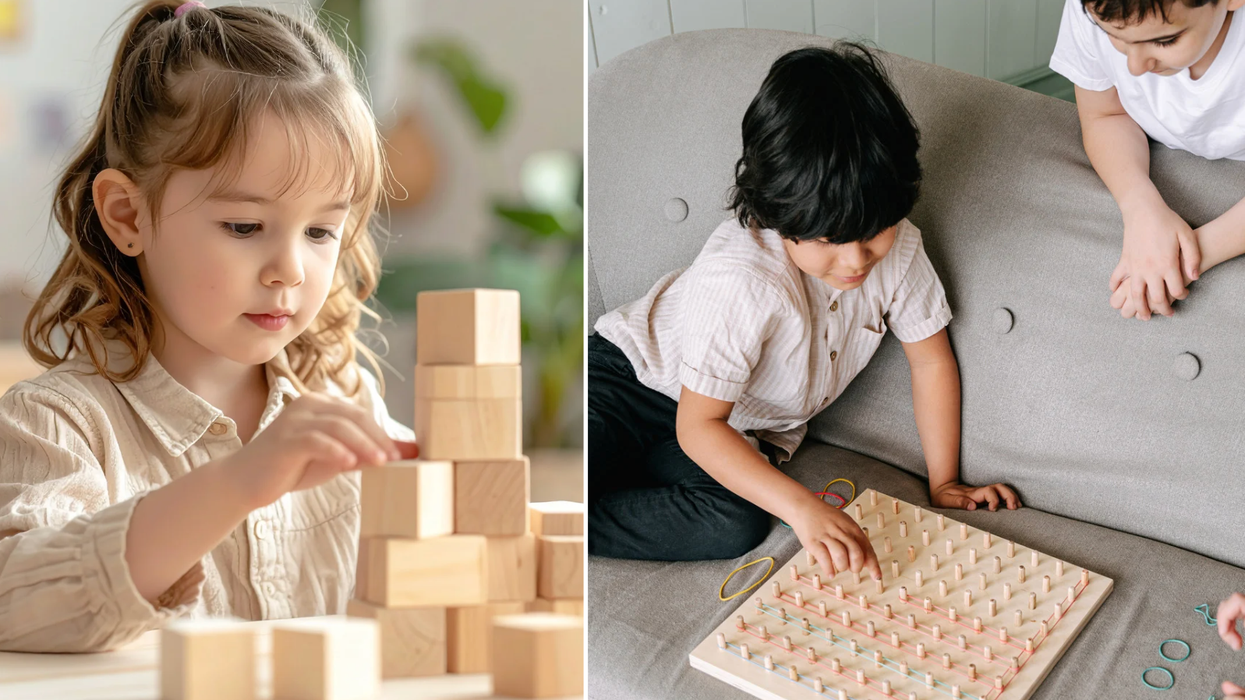A handful of vagrants sat on the porch steps, drinking. They didn’t seem fazed when I kicked in the door and began bringing all my belongings inside. I had no other place to stay, and couldn’t leave my things out in the open all night. Inside might have not been any safer; I had to be careful not to hit my head on a piece of the second floor which was collapsing in on itself, or cut myself on broken glass and rusty nails. After barricading the door and I finally lay down to sleep on a scrap of carpet that happened to be among my things. I had never so seriously questioned my own sanity as I did that night.
I was invited to Flint, Michigan, to lead the renovation of the long vacant Spencer’s Mortuary, using an unusual set of skills I gained from a hands-on architecture school in the post-industrial city of Buffalo. I’d had some experience with design-build projects that blended need, resourcefulness, empathy, and adaptability and was eager to test the ideas in open water.
A year later, that boarded up funeral home has undergone a substantial transformation. With the help of community members, local artists, engineers, builders, and youth, we’ve been hard at work creating an alternative space for artists and the community to make, gather, and be. We’ve repaired the foundation, reglazed broken windows, rebuilt a failing floor, dismantled an unwanted addition, tore up the one-third acre attached parking lot for landscaping, installed a 2000 gallon rainwater collection system, and much more.
When finished, Spencer’s Art House will provide low-cost or free housing and work space for artists and Flint and around the country. Beyond that, it will be a beacon of creativity and hope for a struggling neighborhood in transition.
The project is being built entirely with reclaimed materials from around the city—from to-be demolished vacant houses, construction dumpsters, and occasional donations. It makes for unique and inspirational spaces while keeping materials out of the landfill. And it lets us do the work for a fraction of the price, not having to buy new materials.
We’ve hosted music performances, puppet shows, photo shoots, cook-outs, and community meetings. We’ve collaborated with sculptors, design students, muralists, performance artists, chefs, poets, and musicians. Although there’s still a way to go before we officially open the space, we’ve already drawn hundreds of people to Spencer’s—a building which otherwise hadn’t seen life in 15 years.
The process involves as many people as possible each day, though it’s a slow one. Each step forward takes a lot of planning, prep time, and labor. We’ve launched a fundraising campaign to help pay our core team of workers who are making this all possible through tons of donated time and sweat. We only have until this Friday at midnight to meet our goal, so please consider contributing even just a few dollars for this neighborhood-changing project.
Images courtesy of Spencer's Playhouse
This project is part of GOOD's series Push for Good—our guide to crowdsourcing creative progress.















 Otis knew before they did.
Otis knew before they did.